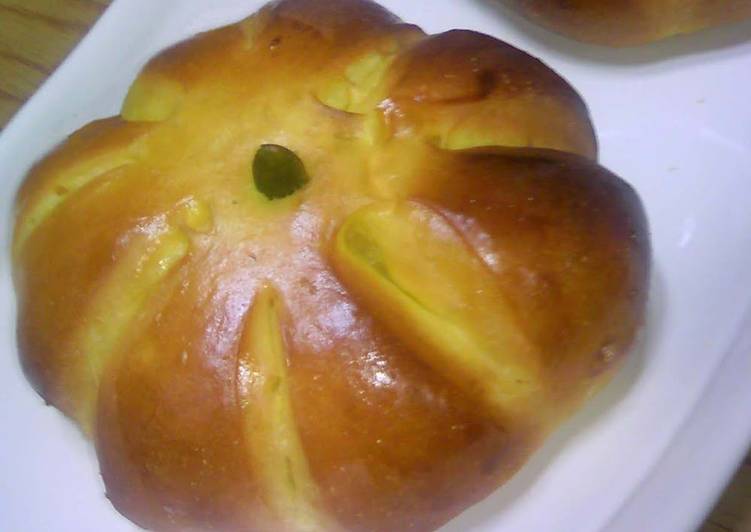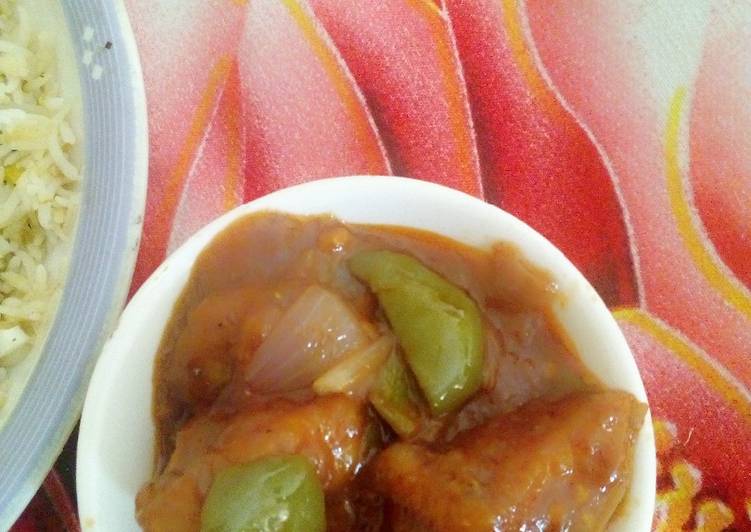
Hey everyone, it is Louise, welcome to my recipe page. Today, I will show you a way to make a distinctive dish, basic bread dough (with bread making tips, including hand-kneading instructions). It is one of my favorites food recipes. For mine, I will make it a little bit unique. This will be really delicious.
In this video I describe some of the basic principles of mixing and kneading dough by hand. There is much more information on this topic at. You can knead most bread doughs by hand or in a stand mixer (we'll show each technique in detail below).
Basic Bread Dough (with bread making tips, including hand-kneading instructions) is one of the most well liked of current trending foods in the world. It is appreciated by millions every day. It is easy, it’s fast, it tastes delicious. They are nice and they look wonderful. Basic Bread Dough (with bread making tips, including hand-kneading instructions) is something that I have loved my whole life.
To begin with this recipe, we must first prepare a few ingredients. You can have basic bread dough (with bread making tips, including hand-kneading instructions) using 7 ingredients and 19 steps. Here is how you can achieve that.
The ingredients needed to make Basic Bread Dough (with bread making tips, including hand-kneading instructions):
- Take 300 grams Bread (strong) flour
- Get 6 grams Dried yeast
- Take 30 grams Sugar
- Make ready 4 1/2 grams Salt
- Prepare 6 grams Skim milk powder
- Prepare 200 grams total Egg (1) + water
- Prepare 30 grams Shortening
Start out with a simple bread dough using white bread flour. Properly mixed dough is the first critical step to achieving great bread. Understanding what happens during the mixing / kneading process helps to determine if you are on the right track. So, based on our own baking experience, here are our most important tips on the subject hopefully helping you off to a.
Steps to make Basic Bread Dough (with bread making tips, including hand-kneading instructions):
- Knead the dough: Put all the ingredients in a bread machine, and run the "dough" program until the 1st rising is about to start. Tip: The water temperature should be 45°C - the ambient temperature (see Hints).
- 1st rising: If you are using a dough proofing container, oil the inside of a bowl and put in the dough. Tip: Round off the dough into a smooth ball with a taut surface.
- Divide the dough: Divide the dough into 50 g pieces, and round off each piece. Tip: Keep the dough covered when you're not working on it to prevent it from drying out!
- Rest: Cover the dough with a tightly wrung out moistened kitchen towel or put it in a lidded container, and rest for 15 minutes. Tip: The dough will rise a little while resting, so leave space between the pieces.
- Form the dough: Turn each piece of dough over and press down gently with your palms. Roll the dough out with a rolling pin and wrap it around or fill with anything you like.
- 2nd rising: Leave to rise in a proofing container for 25 minutes. Tip: If the dough hasn't risen much after 25 minutes, leave for a while more until it has.
- Baking: Bake for 11 minutes at 180°C. Tip: Adjust the temperature depending on how brown the bread is getting. (Don't change the baking time though if possible.)
- How to use a pastry cutter. To cut the dough with a pastry scraper or cutter, press straight down on it. Tip: Don't use a back and forth sawing motion to cut the dough.
- What to do if you forget to add the yeast? Dissolve the yeast in a little lukewarm water, add it to the dough, and knead well.
- How to hand knead: Put the flours in a bowl, and mix with your hands. Tip: Keep the salt and yeast apart since salt inhibits the yeast.
- Put the egg + water into the bowl in about 3 batches, kneading well between additions. Tip: The egg + water temperature should be 45°C minus the ambient temperature (see Hints).
- When the dough comes together in one mass, add the shortening and keep kneading. Tip: When everything is well combined and the dough no longer sticks to your hands, it's good!
- Take the dough out of the bowl, hold it securely in one hand, and smack it against your work surface. Tip: Don't let go of the dough when you smack it down.
- Smack it down 3 times, then round off the dough. Repeat this procedure until you've smacked down the dough about 100 times. Round off the dough.
- Form the dough into a ball with a smooth, taut surface. Place the dough into an oiled bowl and cover the bowl with plastic wrap. Tip: Use a large bowl.
- Leave in a warm place to rise for 40 minutes. From this point on follow Step 3 and onwards.
- Easy hand kneading: Put the flours in a plastic bag and shake to combine. Tip: Hold the bag opening securely closed.
- Add the egg + water to the bag, and mix well. Add the shortening, and knead the dough well over the bag.
- When the dough comes together, leave it to rise in the bag in a warm location for 40 minutes. From this point on follow step 3 and onwards.
Basic bread dough ingredients often include flour, yeast, water, and salt. Most recipes call for the Next, place the heel of the left hand on the dough about an inch or so from where your dominant Second, a perfectly-kneaded bread dough will hold its shape. Push the dough down and out, stretching it flat in front of you with the heels of your hands. Mixing ingredients to make bread dough is the first step in nearly every sourdough recipe. Learn tips for mixing dough to help you master sourdough Water vs.
So that is going to wrap this up for this exceptional food basic bread dough (with bread making tips, including hand-kneading instructions) recipe. Thanks so much for reading. I am sure that you will make this at home. There’s gonna be interesting food in home recipes coming up. Don’t forget to bookmark this page on your browser, and share it to your loved ones, friends and colleague. Thank you for reading. Go on get cooking!


